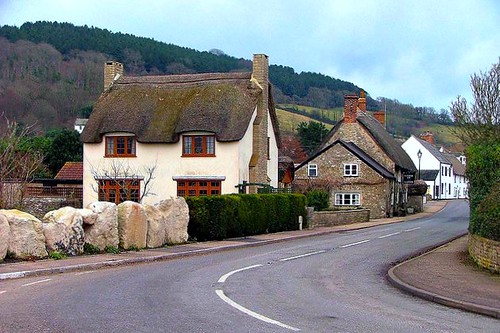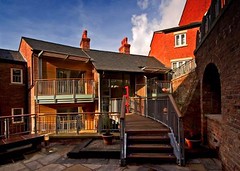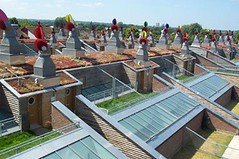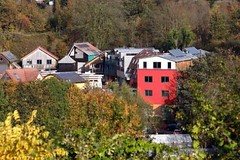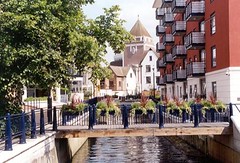20 questions to guide the delivery of a great neighborhood

Posted January 14, 2011 at 1:33PM
When my friend Sophie from the US Green Building Council passed along this list of questions compiled by the Architecture Centre Devon and Cornwall (UK), my first reaction was “can we have a field trip to see how well they work on the ground?” Southwestern England is absolutely gorgeous, with interesting influences of Celtic culture.
But I digress.
The Architecture Centre's document is designed to be a “plain-English version” of a more sophisticated set of criteria called Building for Life, which uses the same questions and strives to be “the national standard for well-designed homes and neighbourhoods” in the UK. (All of the photos below are from Buidling for Life award winning developments.) Building for Life was developed by a partnership comprising the Commission for Architecture and the Built Environment (CABE, a government-supported entity from 1999 to 2011 that was recently defunded) and two private associations, the Home Builders Federation and Design for Homes. Its aspiration can be seen as roughly analogous to that of LEED for Neighborhood Development in the US and, like LEED-ND, it employs a point system to award ratings.
I think these questions are really good:
- Does the development provide (or is it close to) community facilities, such as a school, parks, play areas, shops, pubs or cafes?
- Is there an accommodation mix that reflects the needs and aspirations of the local community? (In other words, is there an appropriate variety of housing types?)
- Is there a tenure mix that reflects the needs and aspirations of the local community? (“Tenure mix includes properties which are available for social or private rental, for sale on the open market or through schemes like shared ownership.”)
- Does the development have easy access to public transport?
- Does the development have any features that reduce its environmental impact? (This question refers to development-scale infrastructure such as district energy, green stormwater infrastructure, etc.)
- Is the design specific to the scheme? (Does it fit into the context well?)
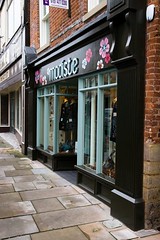 Does the scheme make the most of existing buildings, landscape or the way the site slopes?
Does the scheme make the most of existing buildings, landscape or the way the site slopes?- Does the scheme feel like a place with a distinctive character?
- Do the buildings and layout make it easy to find your way around?
- Are the streets defined by a well-structured building layout?
- Does the building layout take priority over the streets and car parking?
- Is the car parking well integrated and situated so it supports the street scene?
- Are the streets pedestrian, cycle and vehicle friendly?
- Does the scheme integrate with existing streets, paths and surrounding development?
- Are public spaces and pedestrian routes overlooked and do they feel safe? (In other words, does the design facilitate “eyes on the street?”)
- Is public space well designed and does it have suitable management arrangements in place?
- Do the buildings exhibit architectural quality?
- Do internal spaces and layout allow for adaptation, conversion or extension?
- Has the scheme made use of advances in construction and technology?
- Do buildings or spaces not only meet building regulations but do better?
There is a bit of explanation of each in the publication, and of course much more detail, including a nifty video introduction to each (sample below) in the full Building for Life system.
As with LEED-ND, there is a section on context and a significant emphasis on the streets within the development. The most significant omission in comparison to LEED-ND is a density standard. I can’t help but wonder if that is due to the presence of so much more large-lot sprawl in the US, and thus a strong desire to counter it when we crafted LEED-ND. With less sprawl in the UK, perhaps it is simply less of an issue there. In addition, there would appear to be a lot more allowance for subjectivity in the Building for Life evaluations, with broad queries such as “the needs and aspirations of the local community” or “features that reduce environmental impacts.”
There is merit in both general and specific approaches, depending on the goals and uses to which an evaluation will be put. LEED, for its part, strives for acute specificity and avoids generalities. It is very precise by nature, which reduces the likelihood of inconsistency or, in extreme cases, abuse; but it is also requires more expertise and expense to document compliance. Without attempting to kindle that debate here, I’ll just say that these are really interesting questions for starting a conversation about the merits of a development or neighborhood.
Here’s a short video explaining the standard with regard to the character of streets (question 10) and the difference between streets for people and streets for cars:
Move your cursor over the images for credit information.
